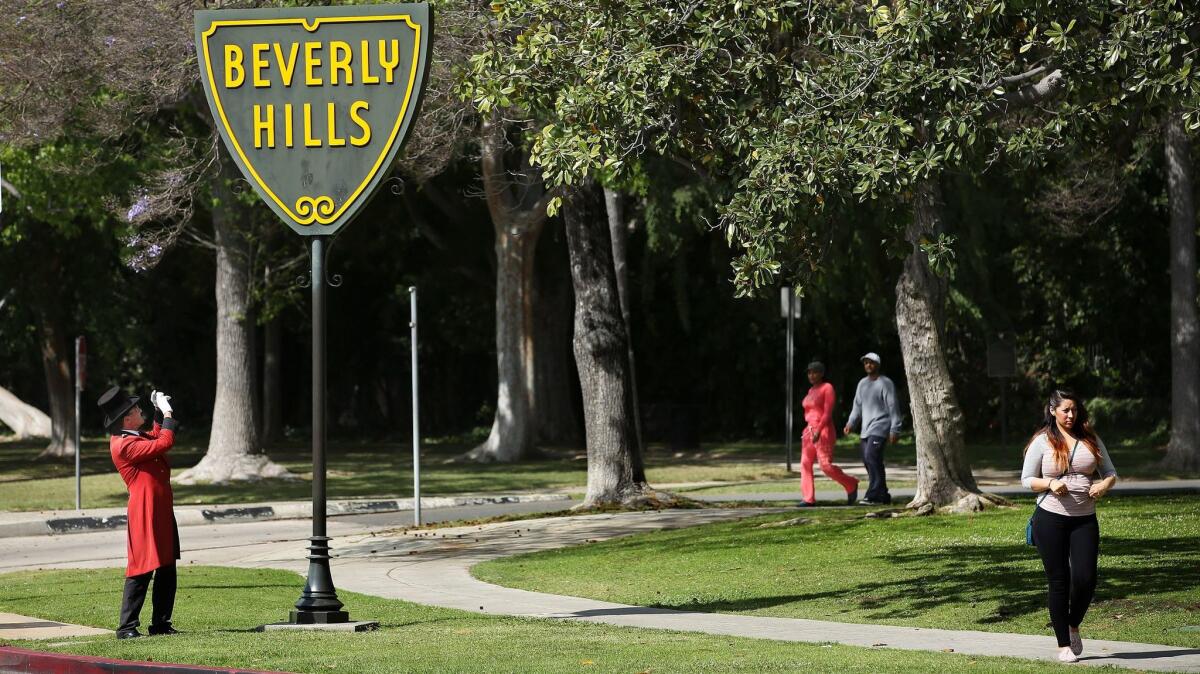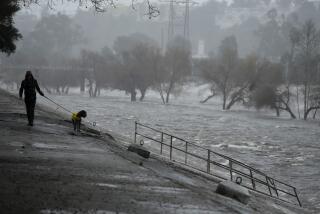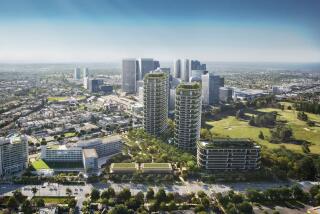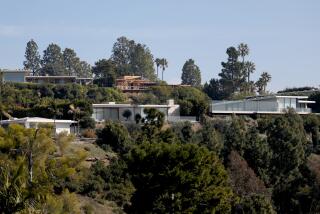Neighborhood Spotlight: Beverly Hills is too rich to worry about cool

The animating force behind much of the history of Beverly Hills is a somewhat surprising one: water.
For millenniums, dew collected in the canyons and defiles of the Santa Monica Mountains trickled down the slopes to feed a series of streams that merged at the foot of the hills, forming a pool the Tongva people called “The Gathering of the Waters.”
The waters supported a village, which Juan Crespi — a member of the Spanish expedition that made contact with the Tongva in 1769 — noted in his diary was surrounded by a “large vineyard of wild grapes and an infinity of rosebushes.”
The village was nearly decimated by smallpox carried by the Spaniards, and missionization resulted in the removal of original inhabitants. The openly running streams, so rare in the Los Angeles Basin, were soon used to water livestock.
Oil prospectors came calling during the black-gold rush of the 1900s and, finding more water than petroleum, shifted quickly into the land speculation business. The former bean field was renamed Beverly Hills, and a planned community was laid out according to Olmstedian principles of landscape architecture.
The luxurious Beverly Hills Hotel was built on the site of the pool of the Tongva, and the town’s nascent glamour industry received another boost when Hollywood “It” couple Douglas Fairbanks and Mary Pickford built their famed home, Pickfair, nearby.
It was Pickford, along with humorist Will Rogers, who led the 1923 efforts to rebuff L.A.’s advances when the newly water-rich metropolis dangled the prospect of plentiful Owens Valley runoff in exchange for Beverly Hills’ annexation.
Instead, the wealthy inhabitants of Beverly Hills formed their own city, an enclave of privilege with strict racial covenants that prevented Jews and blacks from buying in the city (covenants that would collapse amid a flurry of lawsuits in the 1940s).
In the 1930s, the booming city would build a grand city hall and turn Rodeo Drive into one of the world’s most prestigious shopping districts.
On the corner of Wilshire and Santa Monica boulevards, the city would build a memorial to the original inhabitants and their pool: a statue of a praying Tongva atop a water fountain that was illuminated each night by a multicolored electric light show.

Neighborhood highlights
Shop ’til you drop: Rodeo Drive remains one of the most famous, if tourist-ridden, shopping high streets in the world.
That ZIP Code: If you can afford one of the mansions that sit on the city’s famous palm-tree lined boulevards, and you’re of a certain age, Beverly Hills might just be for you.
Prime location: Near Century City, West Hollywood and the beaches but existing most definitely apart from them, Beverly Hills is close to everything — but not too close.
Neighborhood challenges
Snoozeville: Beverly Hills is not hip or exciting, or on the cutting edge of any cultural trends. What it is is expensive, exclusive and graying. Which is probably the point.
Expert insight
Real estate agent Sam Jacobson has been selling homes in Beverly Hills since 2005 and said there are two types of people in the neighborhood.
“Some people are only there for the ZIP code,” he said. “As long as it’s 90210 and they have bragging rights, they’re happy.”
The rest appreciate the superior services the city provides, he said, because the schools and police and fire departments are all top-notch.
Over the last decade, Jacobson has noticed many developers maintaining the look of traditional homes but modernizing the interiors to keep up with younger tastes. When done right, he said, a remodel in Beverly Hills can turn a huge profit.
“A lot of buyers are unaware of how inexpensive and easy remodeling can be,” Jacobson said.
Market snapshot
In the 90210 ZIP Code, based on 31 sales, the median sales price in August for single-family homes was $3.6 million, according to CoreLogic. That’s a 2.1% increase in median sales price year over year.
Report card
There are five public schools in Beverly Hills. Hawthorne Elementary scored 933 in the 2013 Academic Performance Index, and Horace Mann Elementary scored 919.
Beverly Vista Elementary and El Rodeo Elementary scored 911 and 897, respectively. Beverly Hills High scored 865.
Times staff writer Jack Flemming contributed to this report.






